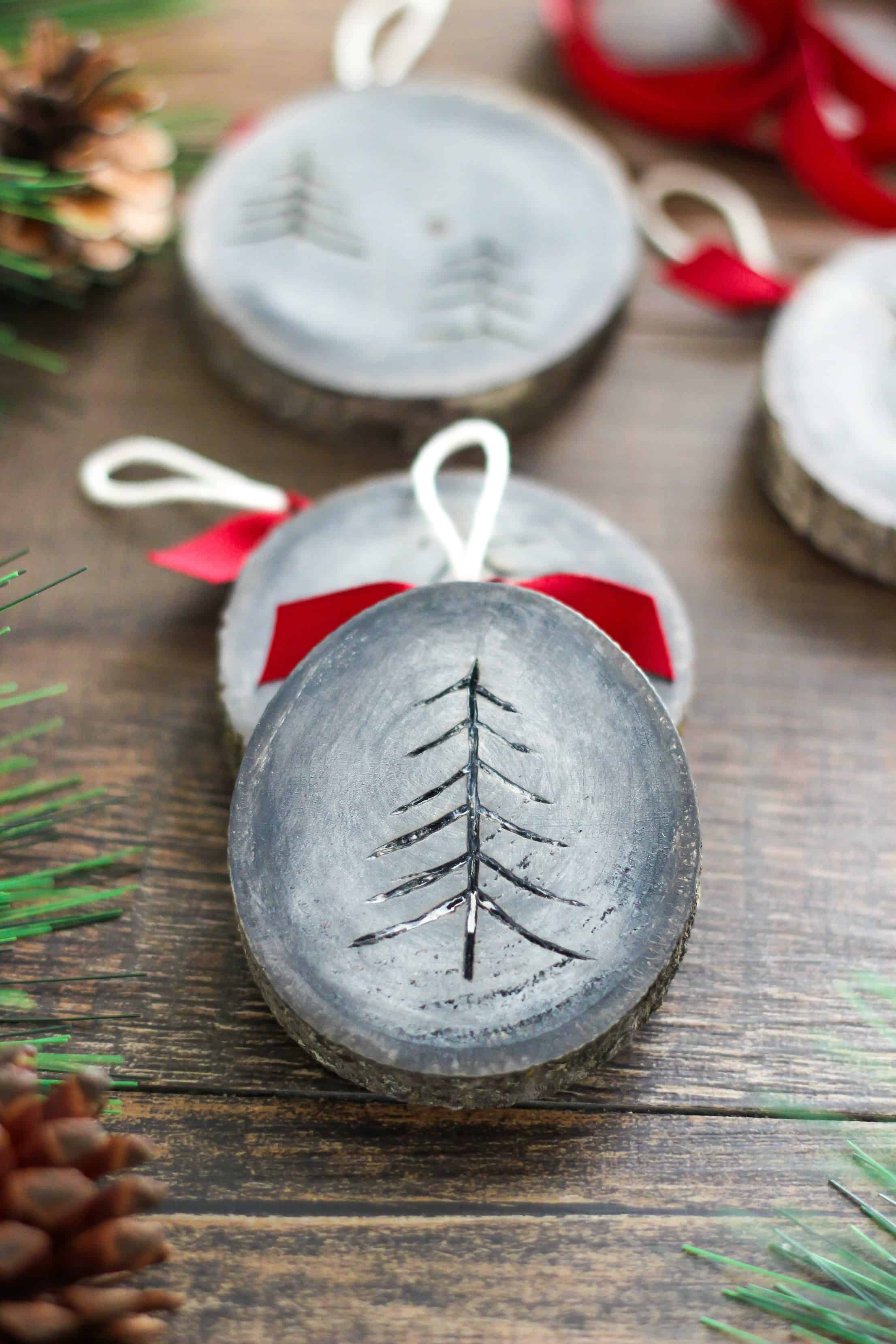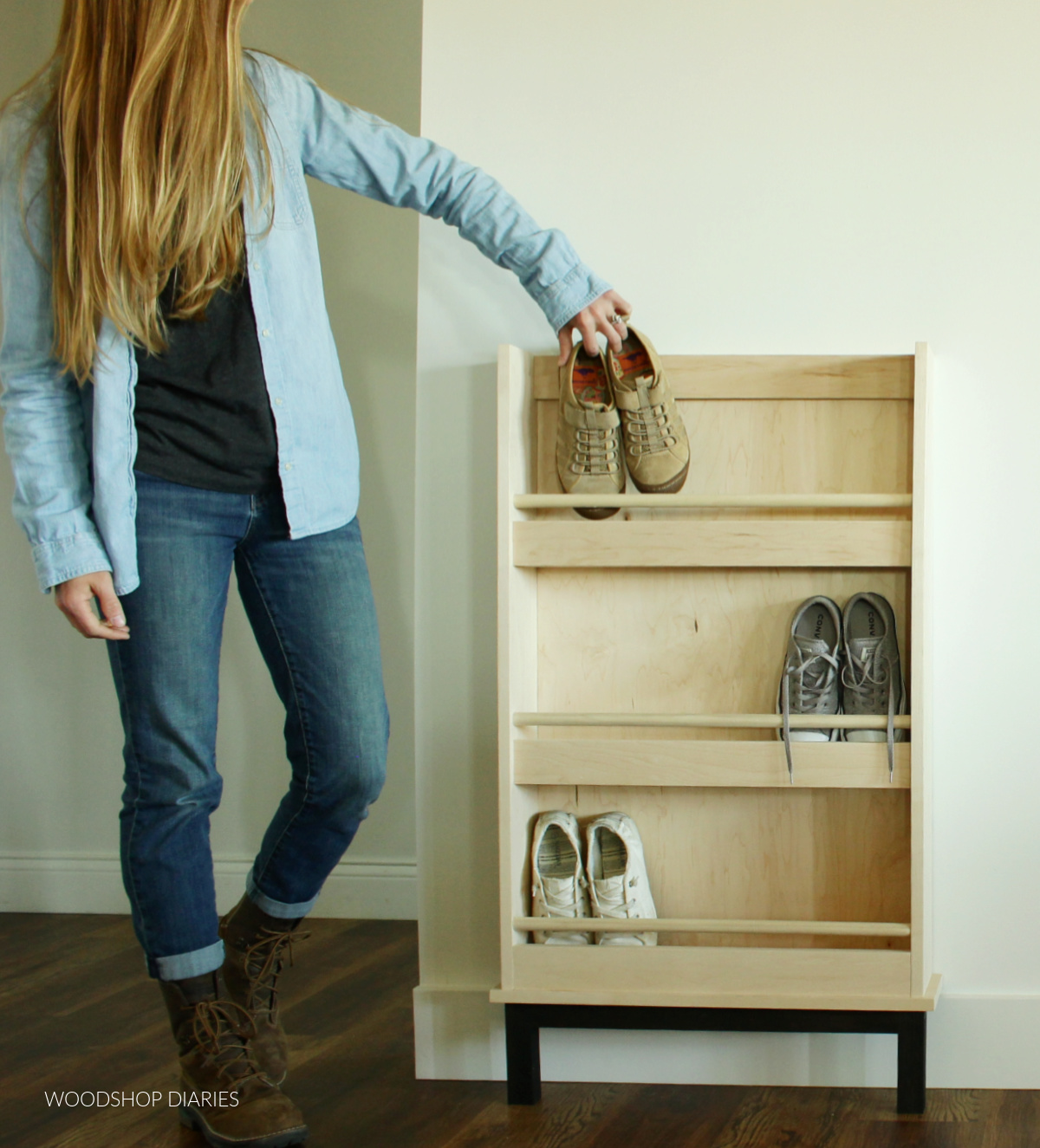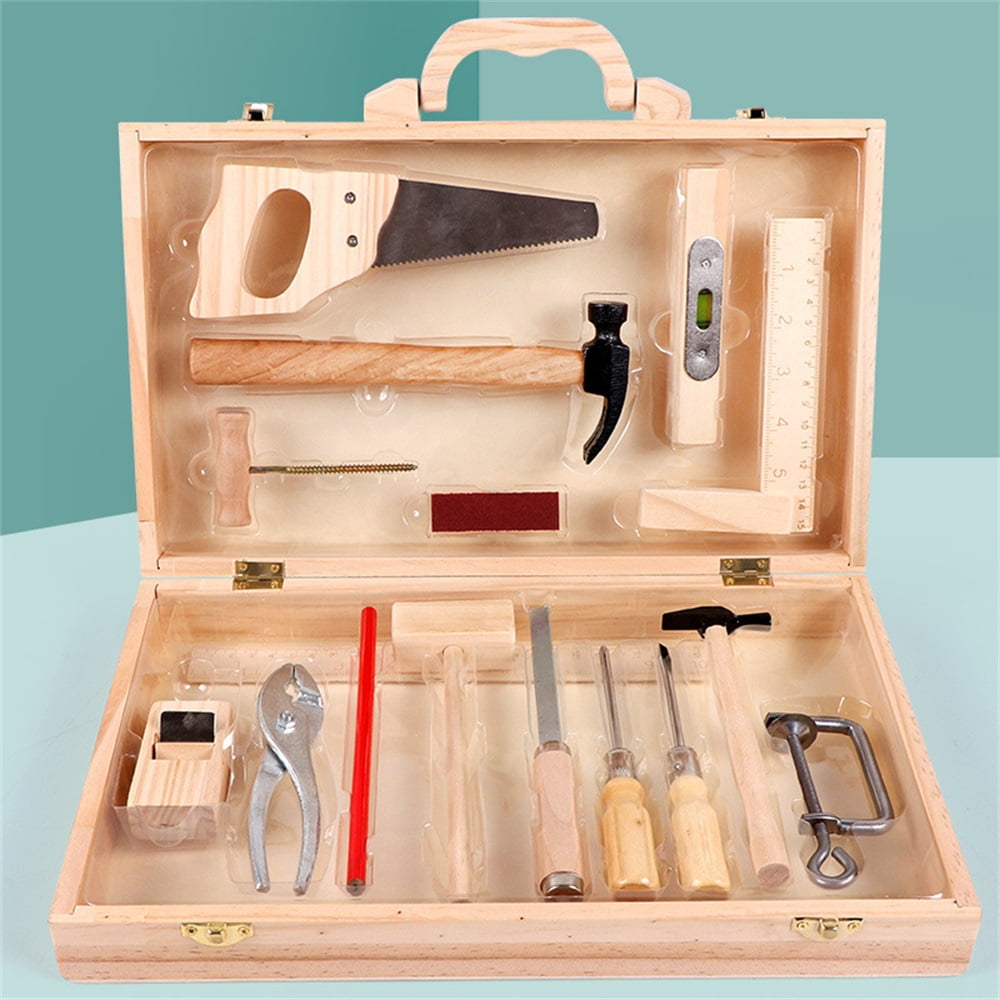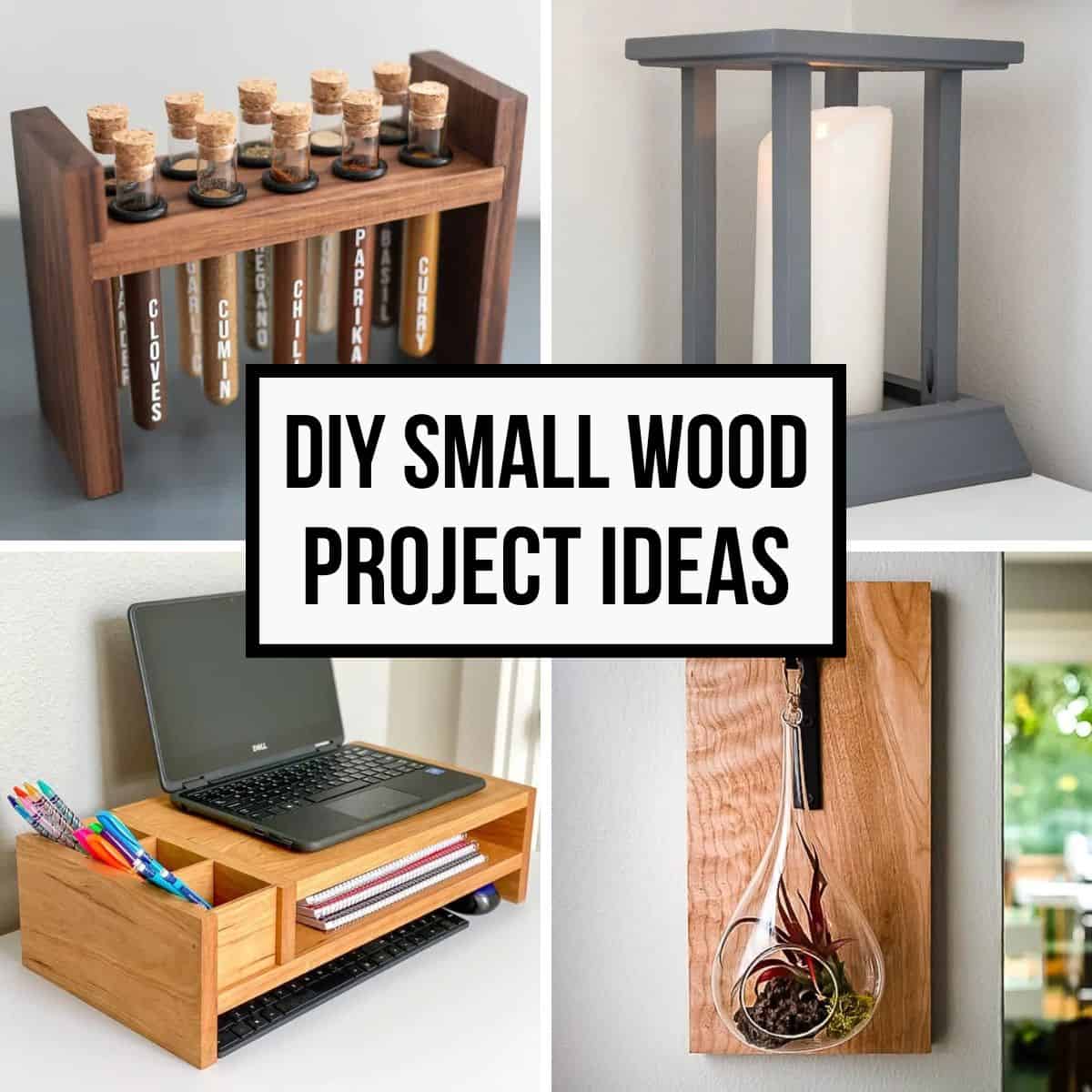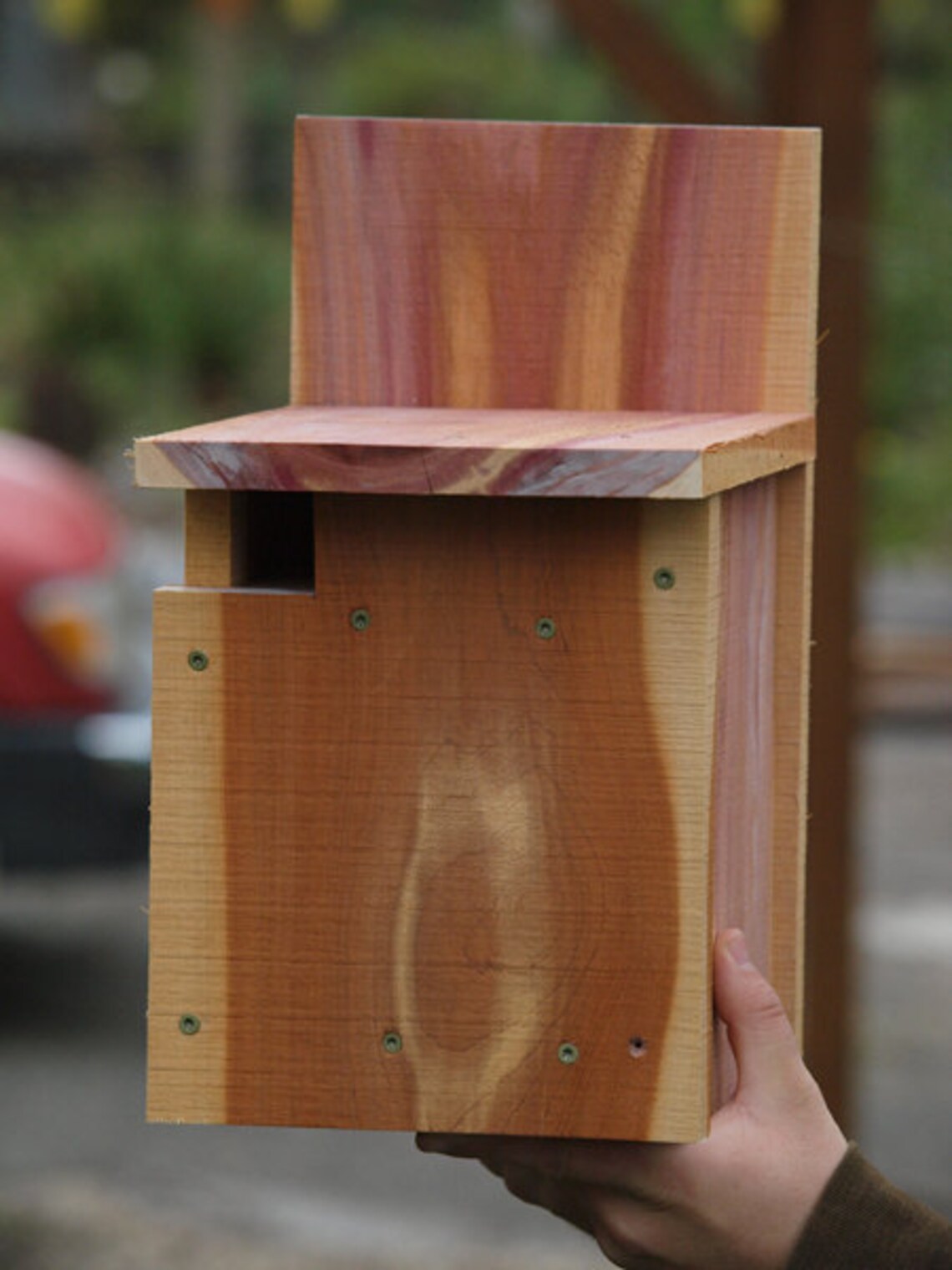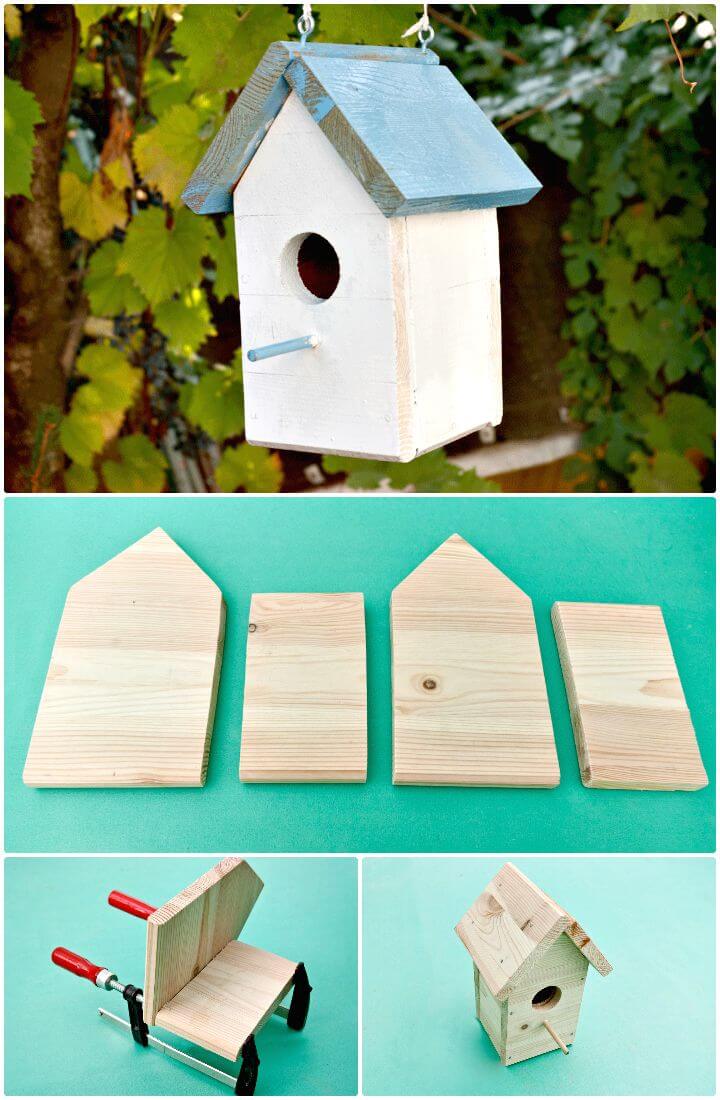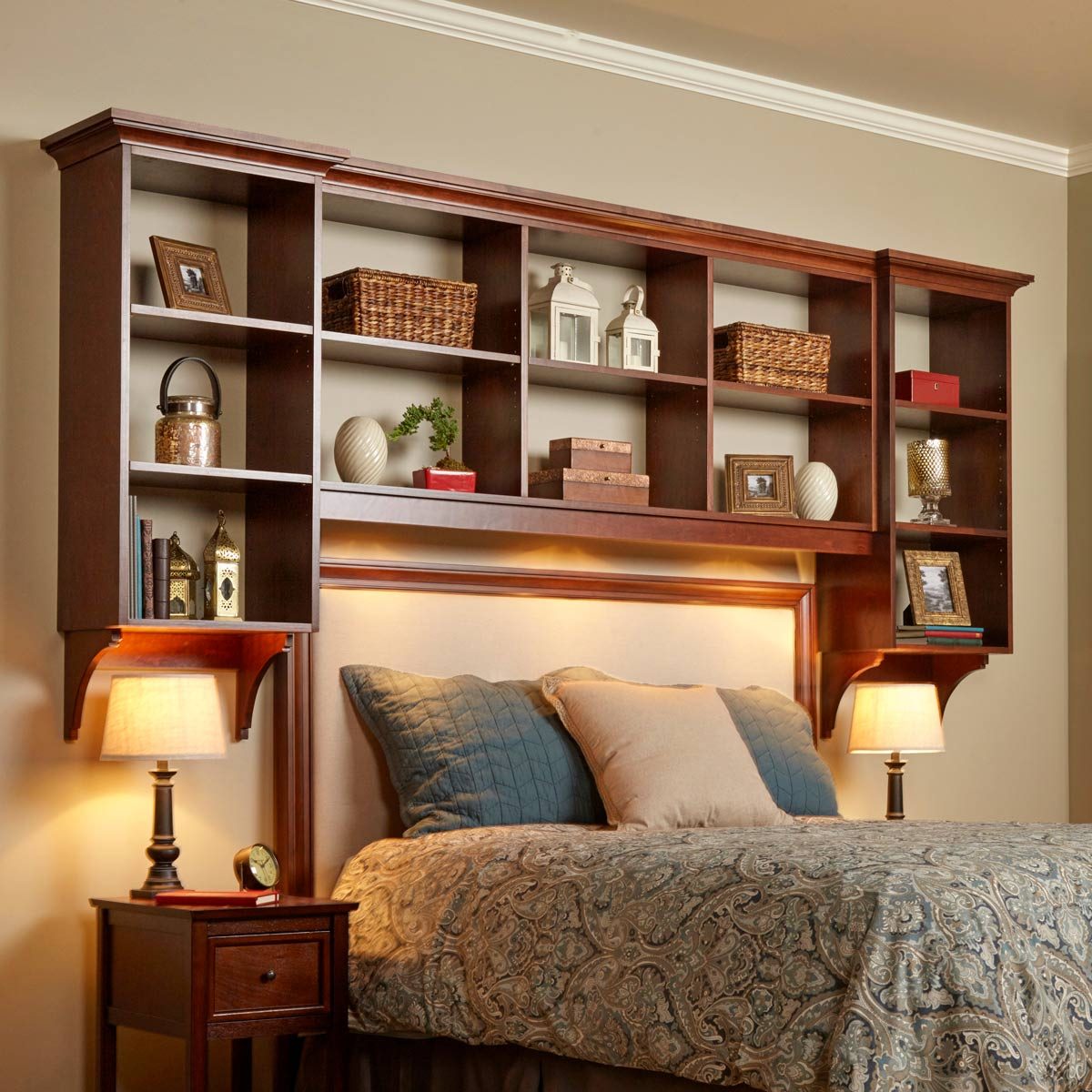
Affordable Bath Tray Woodworking Projects That Sell
In the world of woodworking, finding a project that's both appealing to customers and financially viable is key. Bath trays, with their blend of functionality and aesthetic appeal, present an excellent opportunity. This article delves into crafting affordable, sellable bath tray woodworking projects, providing insights into design, materials, and marketing.
Defining the Target Market
Before embarking on any project, understanding your target audience is crucial. Bath trays cater to a wide range of individuals, but pinpointing your niche will guide design decisions:
Minimalist Aesthetes
These individuals appreciate clean lines and natural wood tones. Opt for simple, geometric designs, using hardwoods like walnut or maple. A natural oil finish enhances the wood's beauty without obscuring its grain.
Rustic Lovers
Reclaimed wood, knotty pine, or even distressed hardwoods appeal to this group. Embrace the imperfections, using a natural or dark stain to highlight the wood's character. Consider adding metal accents like handles or brackets for a rustic touch.
Trendy Consumers
Stay current with popular design trends. Consider incorporating acrylic inserts for a modern feel, or using vibrant, contrasting stains. Experiment with different wood species for a unique look.
Choosing the Right Materials
Material selection plays a significant role in both the cost and appeal of your bath tray. Here are some options:
Wood Species
- Pine: Affordable and readily available, pine is lightweight and easy to work with. It lends itself to rustic and farmhouse aesthetics.
- Maple: A classic choice known for its durability and beautiful grain patterns. Maple is slightly more expensive than pine but offers a more refined look.
- Walnut: A luxurious hardwood with stunning dark grain. Walnut is pricier but offers a rich, sophisticated appeal.
- Reclaimed Wood: Gives your bath tray a unique character and eco-friendly appeal. However, finding and working with reclaimed wood can be challenging and may require specialized techniques.
Hardware and Finishes
- Handles: Choose handles that are comfortable to grip and complement the overall design. Metal, leather, or even rope can be incorporated for a distinct look.
- Stands: Some bath trays benefit from stands for added stability. Metal, wood, or acrylic stands provide a range of styles.
- Finishes: Natural oil finishes enhance the wood's beauty, while stains add color and depth. Consider using water-based finishes for a safe and durable option.
Design Considerations for Functionality and Appeal
A well-designed bath tray prioritizes functionality while maintaining an attractive aesthetic:
Size and Proportions
The tray should be large enough to accommodate essentials like books, a tablet, a glass of wine, and candles. Consider the average bathtub size and ensure the tray fits comfortably across the tub's edge.
Compartments and Dividers
Incorporating compartments or dividers enhances the tray's organization. Dedicated slots for a phone, wine glass, or candles add practicality and visual interest.
Stability and Safety
The tray should be stable and secure, preventing spills and accidents. Use durable wood and sturdy hardware. Consider adding rubber feet or a non-slip coating for added safety.
Marketing and Pricing Strategies
Attracting customers and selling your bath trays effectively requires a thoughtful marketing strategy:
Online Marketplaces
Platforms like Etsy, Amazon Handmade, and Shopify offer a wide audience and potential for reaching global buyers. High-quality product photography and detailed descriptions are crucial for attracting interest.
Local Craft Fairs and Markets
Participating in local events allows direct interaction with potential customers and provides an opportunity to showcase your work. Offering personalized touches like engraving or custom finishes can attract attention.
Social Media Marketing
Establish a presence on platforms like Instagram and Pinterest, where visually appealing content can attract a large following. Share your crafting process, showcase finished products, and run promotions to drive sales.
Pricing Your Products
Determine your pricing based on the cost of materials, labor, and your desired profit margin. Research competitor prices and consider offering a range of products at varying price points to cater to different budgets.
Cost-Effective Tips for Production
Keeping production costs down is crucial for maximizing profit margins:
Efficient Material Use
Plan your designs carefully to minimize waste. Use leftover wood for smaller projects or donate it to local art centers.
Bulk Purchasing
Purchase materials in bulk whenever possible to secure better pricing. This can apply to wood, hardware, finishes, and packaging supplies.
Simple Designs
While intricate designs can be attractive, simpler designs often require less time and materials, translating to lower production costs.
Conclusion
Creating affordable bath trays that sell requires a blend of creativity, practicality, and sound business sense. By understanding your target market, selecting appropriate materials, designing functional and appealing pieces, and implementing effective marketing strategies, you can turn your woodworking skills into a profitable venture. Remember to continuously learn, adapt to market trends, and prioritize quality and customer satisfaction to ensure long-term success.







